One More Step to Go!
We have also sent a verification link to your email ID:
qabuyer@droom.in
Please verify your email account
This all-new model, which went on sale internationally early this year, will be launched at the 2018 Auto Expo. The Japanese carmaker hasn’t decided to play it safe with the car’s overall design, and that’s a good thing.
On the outside
The most noticeable change is the new front nose, which we’ve seen on the New Dzire, the hexagonal grille protrudes aggressively and the sharply cut, trapezoidal headlights (with full LEDs and daylight running lights) are neatly integrated into the cluster. The bumper and lower chin are separated by a black strip that have fog lamps embedded in them.
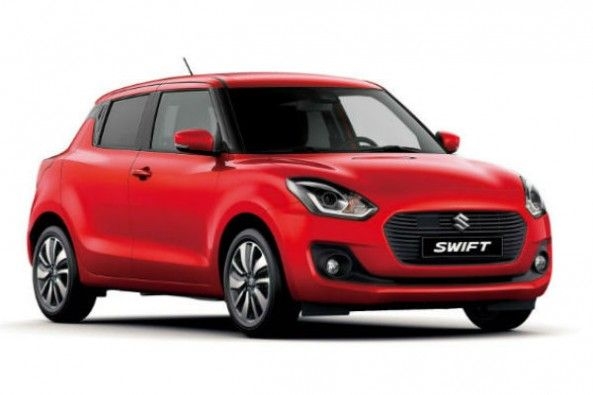
But don’t be mistaken, this car is instantly recognisable as the Swift thanks to its distinct two-box silhouette, blackened pillars and wide haunches. The car features a longer wheelbase and larger 16-inch wheels. There’s a more pronounced shoulder line that runs into bulging tail-lights, that look similar to the ones on the Baleno. The hidden door handles in the C-pillar are a neat touch – they make the car look much sportier.
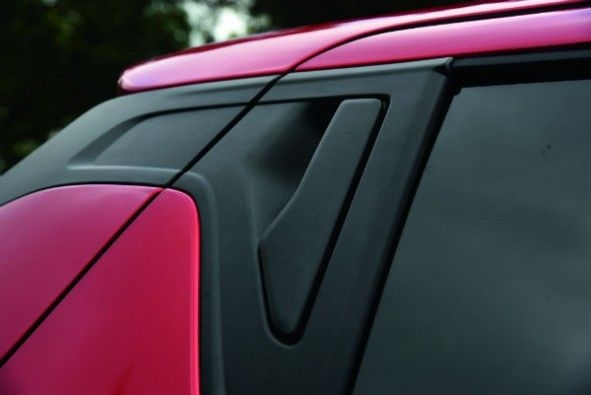
The car is built on Suzuki’s latest Heartect platform, which has resulted in a weight saving of 40kg, despite the car’s chassis being stiffer, longer and wider. There’s much more space on offer on the new Swift, especially at the rear. This car has a much larger boot, a major grouse on the older car. The boot sits at a substantial 265 litres and it can easily fit two big bags but, the loading lip is a bit too high. The seats also split 60:40 and the car features a much more solid parcel shelf.
On the inside
There’s much more legroom in the back from before – the 20mm increase in wheelbase has helped free up a lot of space. There’s more headroom as well, but seating three in the back is still a bit of a squeeze. The thick C-pillar does cuts out some daylight though and it makes the cabin feel a bit gloomy. The front seats offer more generous bolstering all around and are positioned slightly lower. The seats will be optimised for India and the company is currently developing different fabrics and cushioning to offer added plushness. There are large door pockets and there’s a deep cubbyhole at the centre to store knick-knacks. The overall feeling of space in this car is similar to Hyundai’s i20 and its own stablemate, the Baleno. The interiors however, aren’t as good as they are on its sibling.

There isn’t too much in the cabin to suggest that this is a premium hatch – there’s quite a bit of shiny, hard plastic all round. No doubt, there are interesting bits like the funky climate control knobs, which may or may not make it to the Indian car. There’s a nice instrument cluster with brightly lit dials and a high-resolution TFT screen in the centre. The round air-con vents and flat-bottomed steering wheel give the car a sporty air.
From behind the wheel
The Swift will run the same engines - the 1.2 K-series motor and the Fiat-sourced 1.3 Multijet diesel. The car in this test isn’t built to India-spec – this is the AllGrip version (four-wheel-drive), which won’t make it to India. The K-series motor is quite responsive when you’re driving and responds well when you’re trying to cut through traffic.
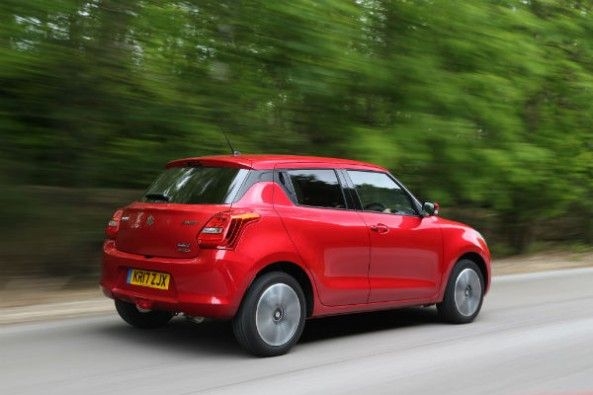
Mid-range is a bit flat, but it picks up well after that right up to its 6,300rpm redline. The engine is quite refined and even at max revs, it doesn’t feel harsh. The Indian Swift will get a tweaked version of this engine. The controls are light and the gearshifts are slick, the C-pillar is a bit of a hassle when parking as it tends to obstruct your vision.
The suspension on this car doesn’t absorb sharp ridges and bumps as maturely as some of its rivals and it tends to make a hollow sound over rough bits. Grip, however, is great on these tyres, and the car feels quite stable and predictable while cornering hard. The longer wheelbase also helps the car stay more stable at highway speeds.
Is it worth the money?
With the new Swift, the company has taken a huge leap forward in terms of practicality – there’s a larger boot and more space inside. But, despite being quicker, the car hasn’t bettered the old car’s fun-to-drive characteristic. Styling is a huge improvement as well, this car looks much more futuristic. Expect the car to be launched at the 2018 Auto Expo and, in true Maruti fashion, priced competitively.
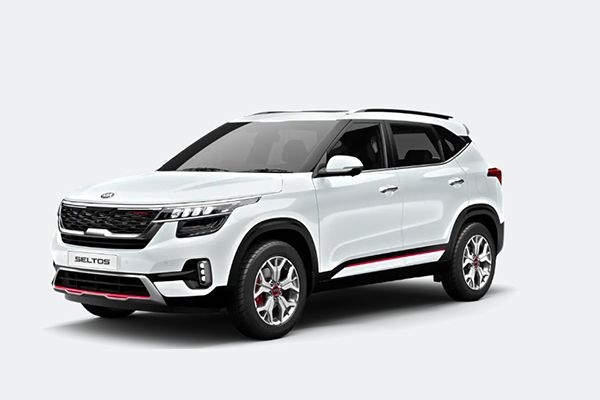
Kia recently unveiled the 2023 Seltos facelift in India, and the bookings for the updated model will start on July 14.
Read More
We drove the Hyundai i20 N Line recently to find out whether it really delivers a sporty experience?
Read More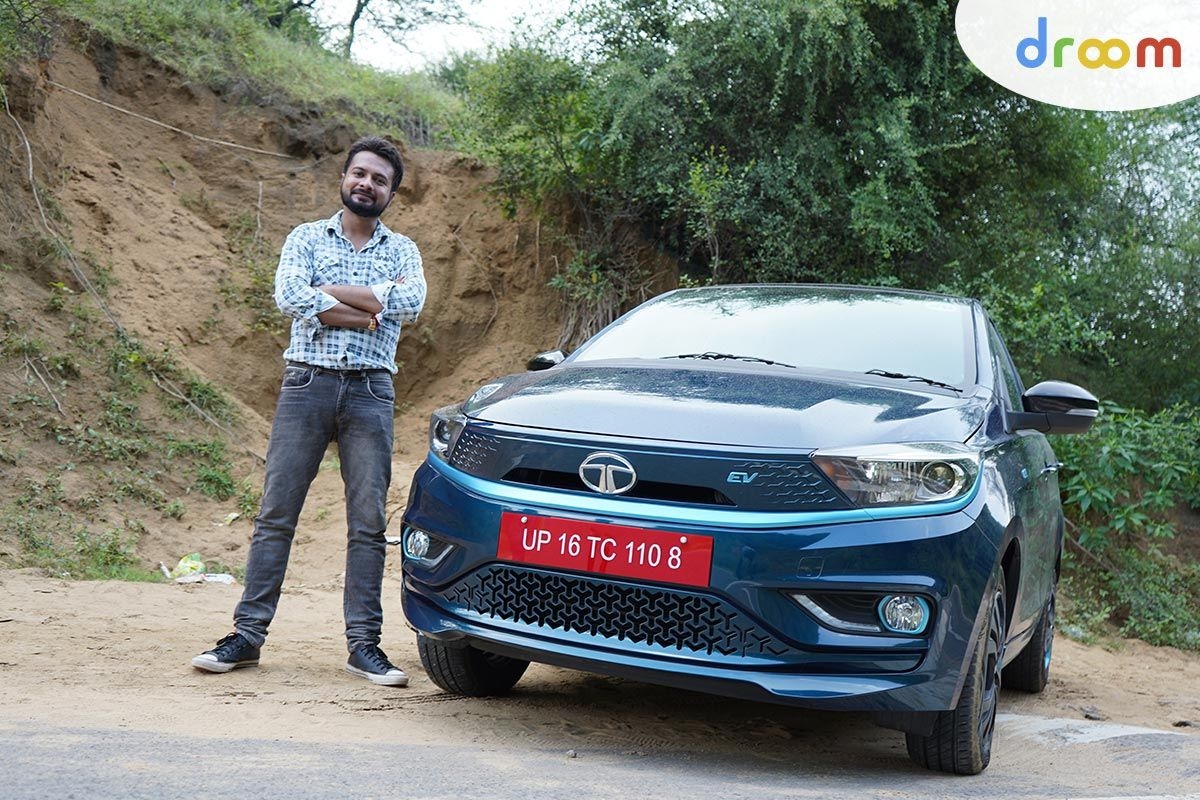
We recently took the Tigor EV out for a spin and we gathered interesting information about it
Read More
Introduced last year at the Delhi Auto Expo, Volkswagen Tiguan All-Space aims to offer more room and an additional row of seats. Can it manage to take away a few chunks from the full-grown SUV pie is what we are here to find?
Read More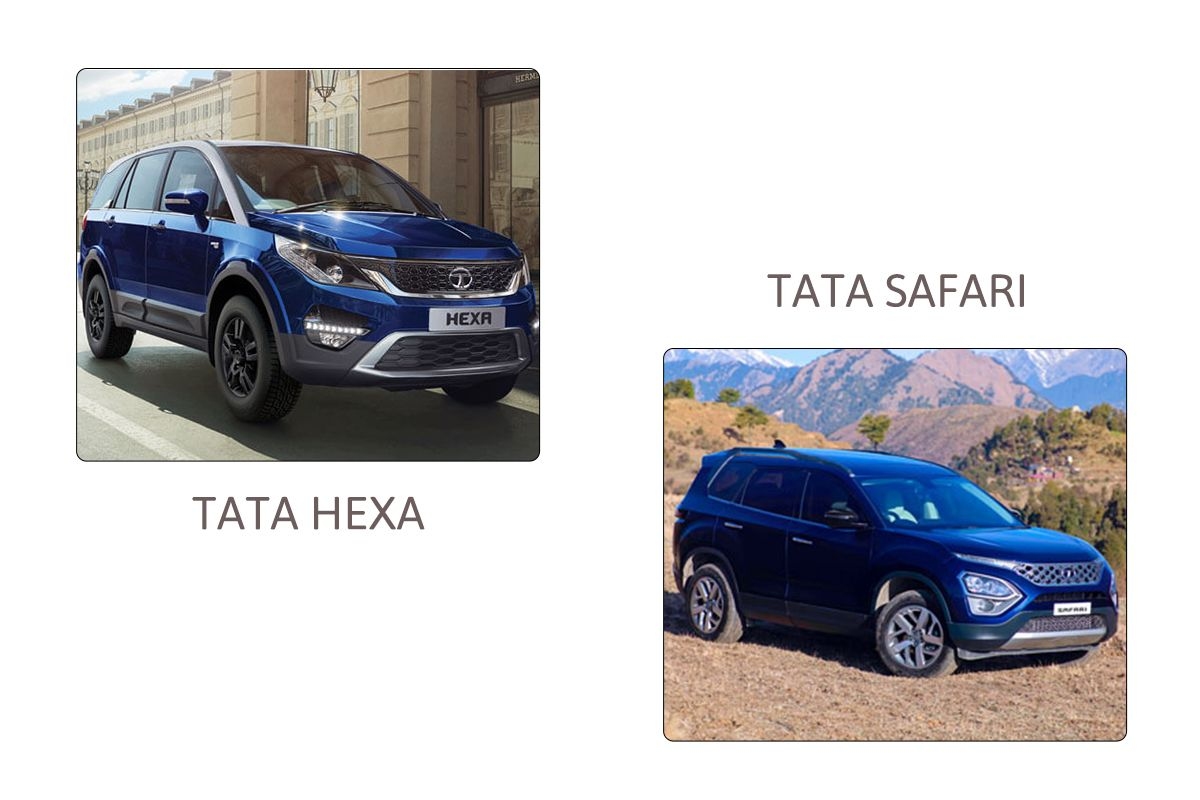
New Tata Safari or Used Tata Hexa: Price, Variants, Features & Engine Specifications
Read More
Toyota Kirloskar Motors last year entered the subcompact SUV space with the Urban Cruiser. What is this new model all about, let us find out?
Read More
Toyota Kirloskar Motors last year entered the subcompact SUV space with the Urban Cruiser. What is this new model all about, let us find out?
Read More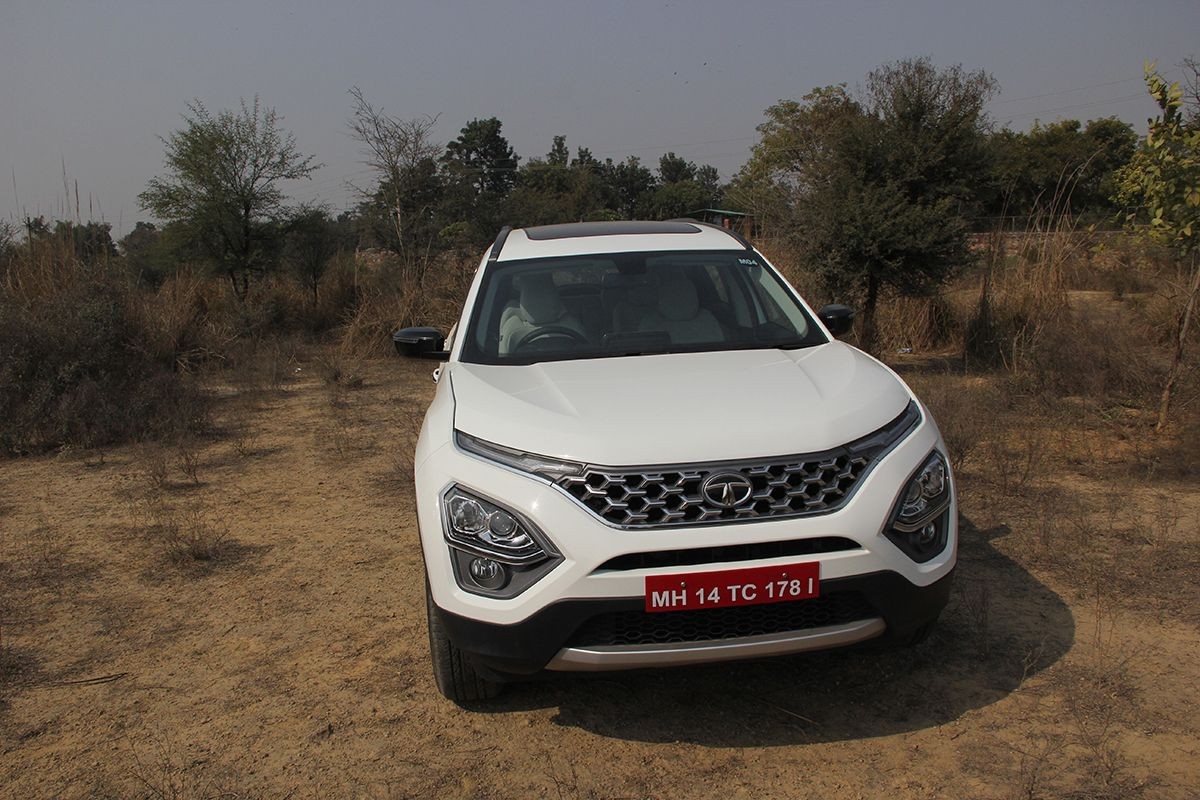
The Safari badge is back - can Tata Motors recreate history by bringing back the iconic SUV? Let us find out.
Read More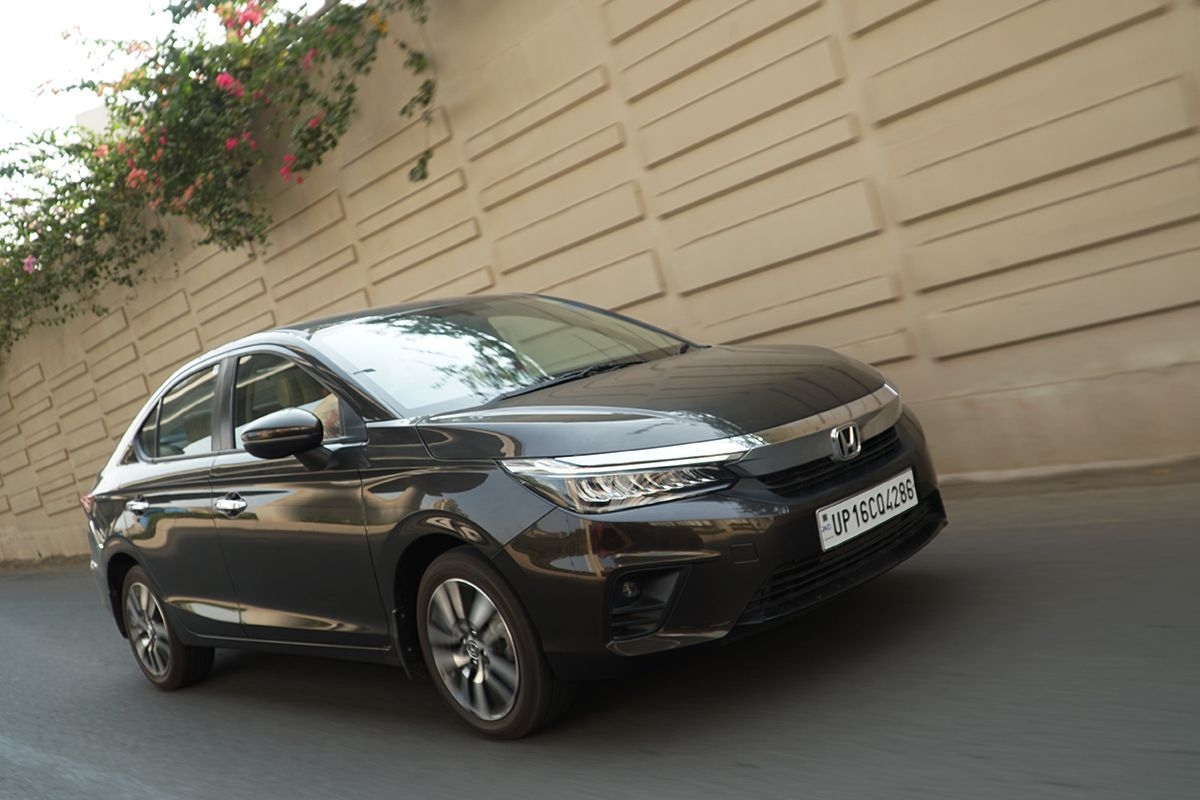
The Honda City, since its inception back in 1998, has enjoyed the popularity like no other mid-size sedan in its segment. With the introduction of the 5th Generation City, can Honda be able to set a higher benchmark for its most beloved sedan we try to find out.
Read More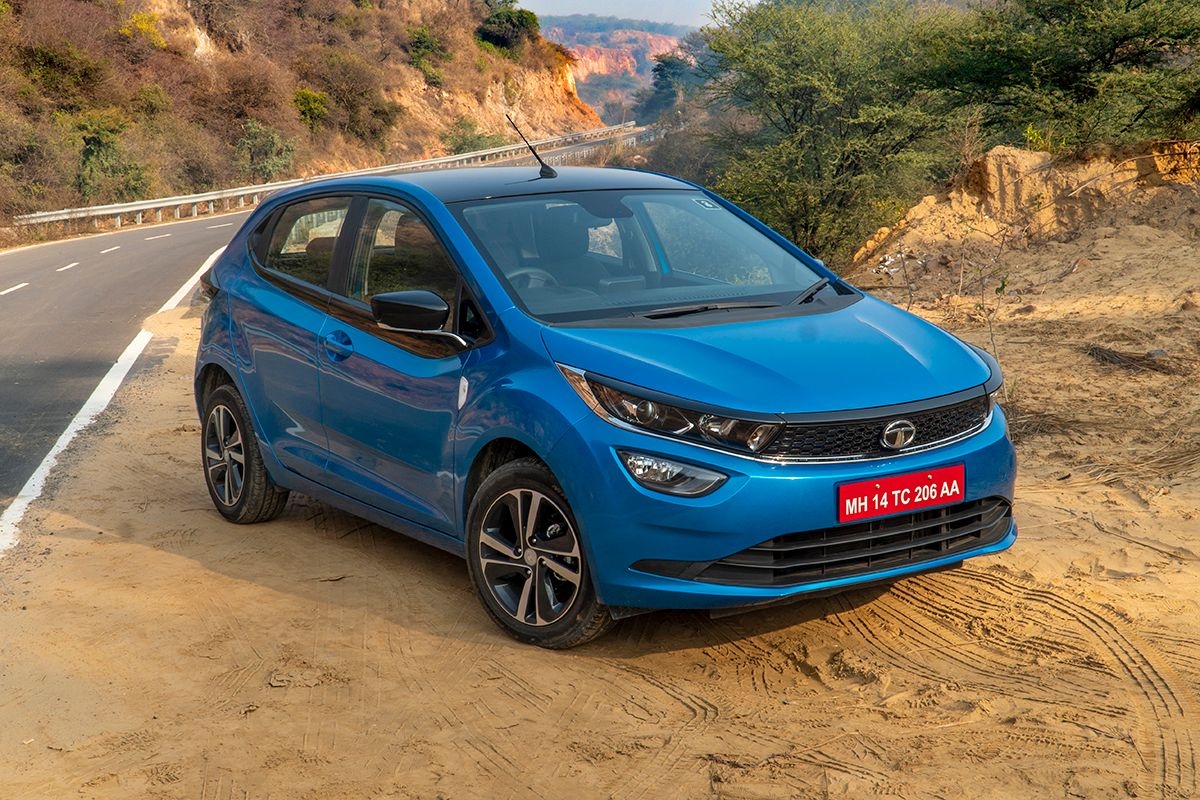
On the eve of its first Anniversary, Tata Motors has given the Altroz a boost in the form of a turbo charged petrol engine. We drive it to find out how much of a thrill does it provide against its rivals.
Read More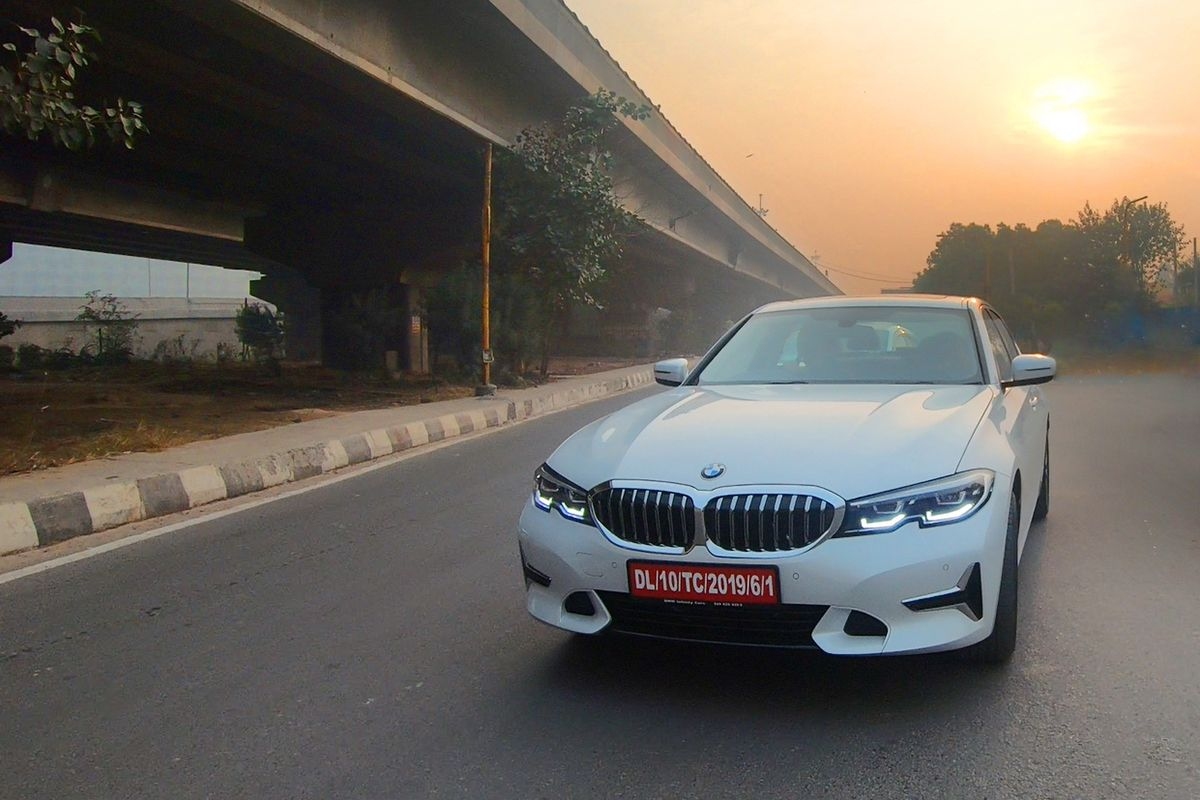
One of the best-selling models for BMW world over, the 3 Series will now offer customers that extra bit of comfort due to its extended wheelbase.
Read More
Jeep had launched the Compass way back in 2017. Since then it has been the best-selling model for the company in India. A couple of days back, Jeep India unveiled the facelifted version of Compass in the country. The SUV made its global debut in November last year.
Read More